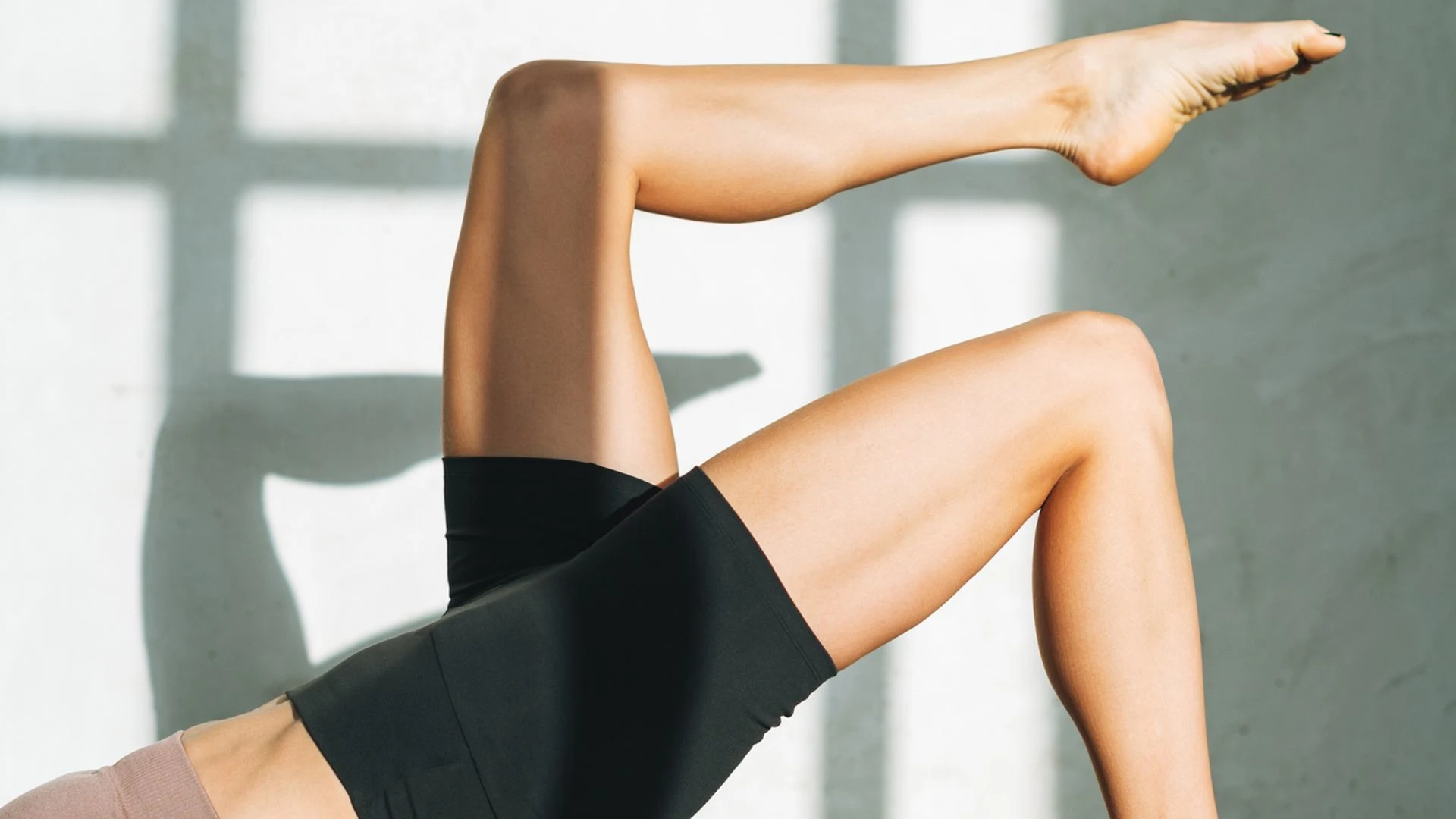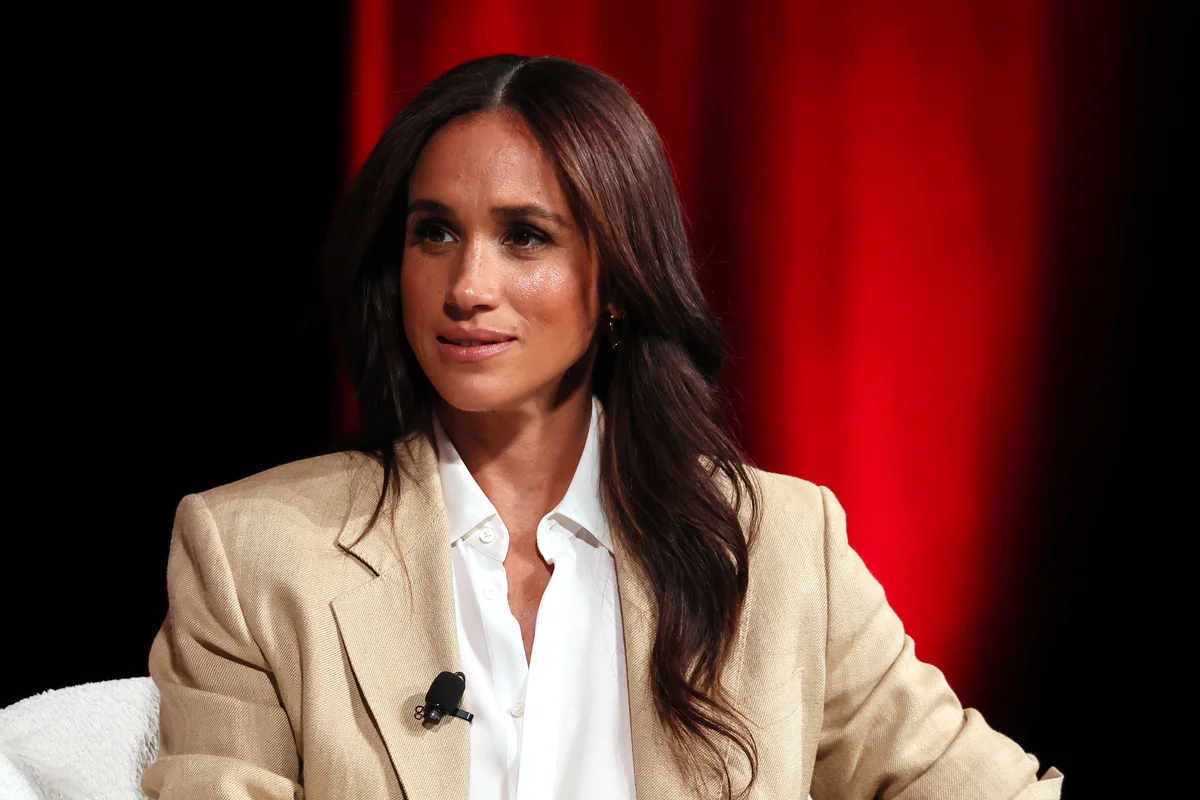Copyright hellomagazine

It's not a great revelation to say that the health and fitness space is frankly overwhelmed with information. Whether it's regarding weight loss, the truth about lifting weights, the impact of cardio exercise on our joints and more, there is endless literature to wade through that makes the topic of health far from straightforward. While many forms of exercise, such as HIIT, running and spinning have been popular for ages, Pilates has boomed, particularly in the last five years. Whether you're jumping on a reformer machine or down on the mat, it's an effective form of exercise. But is it really effective when it comes to weight loss specifically? Having recently completed a CIMSPA-accredited qualification in mat Pilates instruction, here is my take as a budding fitness professional. Is Pilates an effective form of exercise for weight loss? In truth, the issue is layered. And there is confusing data out there that suggests both 'yes' and 'no' answers to this question. It's helpful, therefore, to think about the basics. We've long known that, put simply, the method of dropping weight is to burn more energy/calories than we're consuming, i.e. by being in a calorie deficit. Moving your body regularly will put you in good standing to achieve this, whether it's through Pilates or another form of exercise. We also know that some methods of exercise burn more calories than others. Many people who are on a weight loss journey are prescribed fitness plans that typically incorporate a mixture of cardiovascular work and strength training, such as a HIIT class. This is because, due to an increase in heart rate, the number of calories you burn in a HIIT class will be higher than the amount you burn during a Pilates session. However, you will still burn calories in a Pilates class and, what's more, if you are someone who is new to exercise and has previously led a very sedentary lifestyle, then moving your body more through Pilates is better than nothing. There's also a strong argument to be made that if you're someone who enjoys Pilates more than any other form of exercise, you're more likely to stick to it. Consistency is what is going to achieve results in the long term! So, overall, there's no reason why regular classes won't at least help with your weight loss journey. But – and it's a big but – Pilates is much more targeted. It's a form of low-impact exercise rooted in the six fundamentals: control, precision, breath, flow, concentration and centring. Because of how it targets specific muscle groups and joint mobility, it's fantastic for injury prevention, and it's also accessible to most age groups and is adaptable to various abilities. Finally, the most important thing to note in regard to this topic is that it's only one piece of the puzzle… Why Pilates and exercise alone are not enough The crux is: exercising in any form – whether it's targeted strength training exercises or cardiovascular work – is not enough to rely upon in isolation when it comes to trying to lose weight. Diet is fundamental. As Kate Rowe-Ham, a fitness professional and founder of Own Your Menopause, reiterated to me previously: "Here's the truth: you can't out-train a poor diet. Muscles are built in the gym but need to recover and transform in the kitchen. To support muscle growth and recovery, it is essential to consume a high-protein diet, especially after a workout." What's also incredibly important is rest and sleep, this is because our bodies recover during this time. A basic trifecta to remember is exercise, diet and sleep – but this is before we've even touched upon our genetic predispositions and our hormones. This is what makes losing weight not a straightforward process for lots of people. My conclusion is, go ahead and get on that Pilates mat because, ultimately, you're only going to reap benefits. You'll improve core strength, aid your joints' mobility efficiency, and improve balance, flexibility and more. But just remember that if dropping weight is your focus, don't rely on Pilates alone to do the heavy lifting. My favourite mat Pilates exercises to try The One Hundred Purpose: The One Hundred will target deep core muscles, including rectus abdominus (the 'six-pack' abs at the front), internal and external obliques (side muscles), plus the transverse abdominis (the 'corset' style muscle that wraps around the entire core area. Method: Lying on the mat with a neutral supine position with arms by sides and knees bent. Inhale to prepare, lift right leg to tabletop position. Imprint (Slide bottom ribs towards the pelvis, maintain a pocket of air underneath but apply pressure) and bring left leg to tabletop position. Inhale to prepare and lift head, upper back and arms off the mat. Arms parallel to the floor and beat arms for 5-10 breaths. Repeat reps to reach the desired number. Purpose: Strengthen and engage core muscles (see above) and lumbar spine. Also aids the mobility of the hip flexors. Method: Prepare in neutral supine position (lying on the mat) with arms by the sides and knees bent. Inhale to prepare and lift the right leg to the tabletop position (a ninety-degree angle). Raise the left leg up to tabletop position. Inhale to prepare, lift upper back and head off the mat, inhale, hinge right hip to dip toe on the mat, return to tabletop, repeat other side and alternate for 5-6 reps. Shoulder bridge Purpose: Mobility of the lumbar spine. Also strengthens glutes. Method: Lie on the mat with knees bent, arms neutral by your sides. Perform pelvic tilt (as above), then lumbar roll into bridge with pubic bone lifting towards the ceiling. Float the arms over the head in 180-degree movement, float back down to the sides, roll back down through the spine. Five reps.



